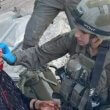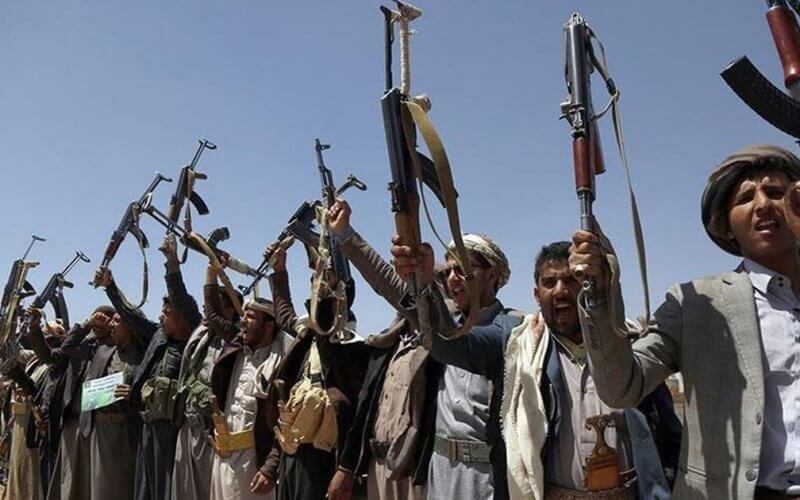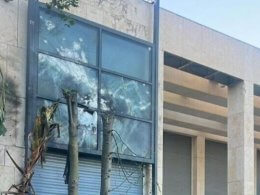On Tuesday, various Middle East and military experts spoke to C4ISRNET to discuss how the Islamic Republic of Iran empowers the Houthi rebels in Yemen via Iranian technology to enact the regime's goal of advancing its radical Shiite revolution.
"Despite being the latest militia to join Iran's axis of resistance network, the Houthis are in possession of some of the most sophisticated copies or variants of Iranian weapons," said Behnam Ben Taleblu, senior fellow at the Foundation for Defense of Democracies (FDD), to C4ISRNET.
The military arms used by the Houthis include Unmanned Aerial vehicles (UAV) designed for attacks, such as the W'eed-2, a drone similar to Iran's Shahed-136 but can travel more than 1,000 miles. Other arms used by the Houthis include Unmanned Surface Vessel (USVs) containing deadly explosives used for detonation.
"Tehran and its proxies have become increasingly cognizant of the economic costs imposed on their adversaries to intercept drones, rockets, and missiles, and is something they intend to exploit," Taleblu told C4ISRNET."
Taleblu explained that Iran regime drones are "lower and slower flying than ballistic missiles and may be better suited to controlling escalation."
"Ballistic missiles, which fly high and fast, require different capabilities to intercept," Taleblu explained to C4ISRNET.
"Iran is home to the largest ballistic missile arsenal in the Middle East and has increasingly become a drone power as well."
Following the Oct. 7 massacre by the Iranian-backed terrorist group Hamas, Tehran has called on its proxies in Lebanon, Iraq, Syria, and Yemen to support Hamas by attacking Israeli and American forces in the Middle East. The Houthis have launched several attacks in the Red Sea area, targeting American naval and commercial ships.
"Between Hezbollah and Houthis, Iran is putting pressure on Israel from both ends and then they've got Hamas inside of Israel providing pressure internally," Bryan Clark said to C4ISRNET, senior fellow and director of the Center for Defense Concepts and Technology at the Hudson Institute think tank.
In response to the Houthi attacks, the United States Navy and its allies have destroyed around 60 missiles and drones in the Red Sea.
According to Clark, while the U.S. Navy's services have tools like the Standard Missile-2 and 5-inch gun to combat the terrorist proxies, they "have to engage them at short range, if you want to do it cost-effectively."
"So, you have to get familiar with, well, how close can that drone get without being a problem? How long does it take to get to me from that place?" Clark told C4ISRNET.
“That's probably the biggest thing, is getting that comfort and familiarity with how to engage drones with the best weapons that don't take up your magazine capacity."
American, British, Australian, Bahrain, and South Korean leaders have condemned the recent Houthi attacks, promising military retaliation. U.S. naval forces have sunk at least three Houthi boats and killed their crews following a Dec. 31 distress call from a Maersk Hangzhou container ship.
Despite warnings from the U.S. and its allies against continuing attacks, the Houthis have vowed to continue to harass shipping in the Red Sea at any cost.
Related Story: Treasury Dept. Places New Sanctions on Iran-Backed Houthi Network










